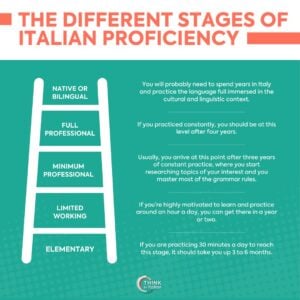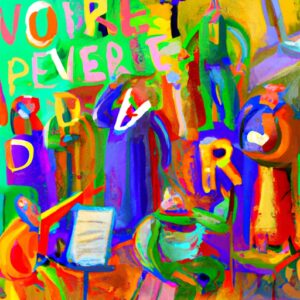How to say also in Italian?
In Italian, we can use the words anche and pure to say also, as well, and too.
Anche io devo andare in banca, andiamo insieme?
I also need to go to the bank as well, shall we go together?
Ho comprato pure il gelato!
I bought ice cream too!
These two words are usually placed before the word they modify, so be careful where you put them in the sentence!
Anche io devo andare in banca.
Io devo andare anche in banca.
Can you tell the difference between the two sentences above?
In the first case, I am saying, “I, too, need to go to the bank,” which implies that someone else is going to the bank, and I need to do the same.
The second sentence, on the other hand, means that I need to do many things, one of which is going to the bank.
Are anche and pure different?
These two words have the same meaning and can be used interchangeably to mean too, as well, or also:
Voglio venire anch’io! – Voglio venire pure io!
I want to go too!
But pure is sometimes considered to have a stronger emphasis compared to anche and can also be translated as even.
Have a look at the examples below:
Alla cena c’erano anche Giovanni e Marcella, e hanno pure portato il loro cane Puff.
At the dinner, there were Giovanni and Marcella as well, and they even brought their dog Puff.
Oggi ho fatto yoga, sono andata a correre e ho pure portato a spasso i cani.
Today I did yoga, I went running, and I even took out the dogs for a walk.
Here, pure includes an element of slight surprise in the tone of the sentence.
Anyway, these are subtleties of the language, and, at first, you can use these two words interchangeably.
How to use anche and neanche?
Using the words anche and neanche is often quite tricky for learners of Italian.
Let’s look at some examples to better understand how not to make mistakes when choosing which one to use.
Anche is used to express agreement between two affirmative sentences:
Io studio italiano.
Anche io!
I study Italian.
Me too!
It is also used to add something:
Ho mangiato una pasta e anche un gelato.
I had pasta and also ice cream.
Neanche works similarly, but it has a negative meaning: it expresses agreement between two negative sentences.
Io non studio italiano.
Neanche io!
I don’t study Italian.
Me neither!
It is also used to add something to a negative sentence:
Non ho mangiato la pasta e neanche il gelato.
I did not have pasta and nor did I have ice cream.



















